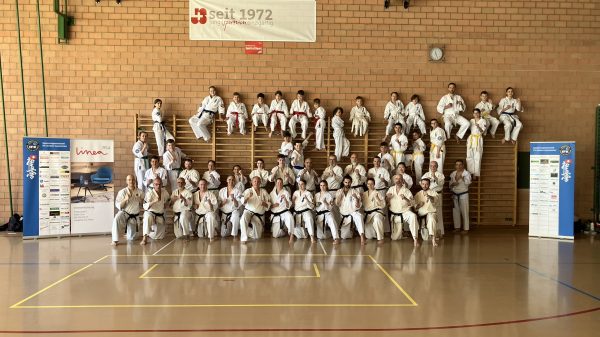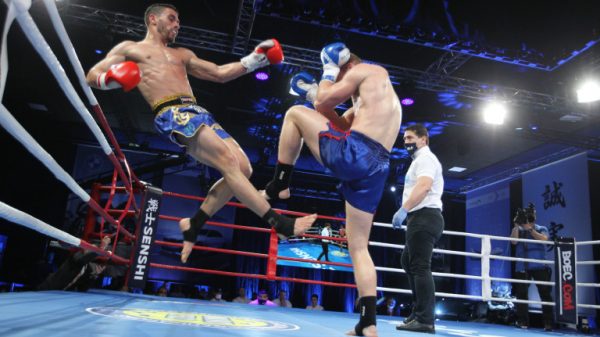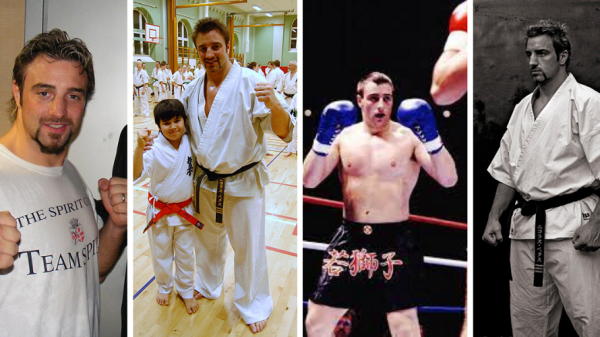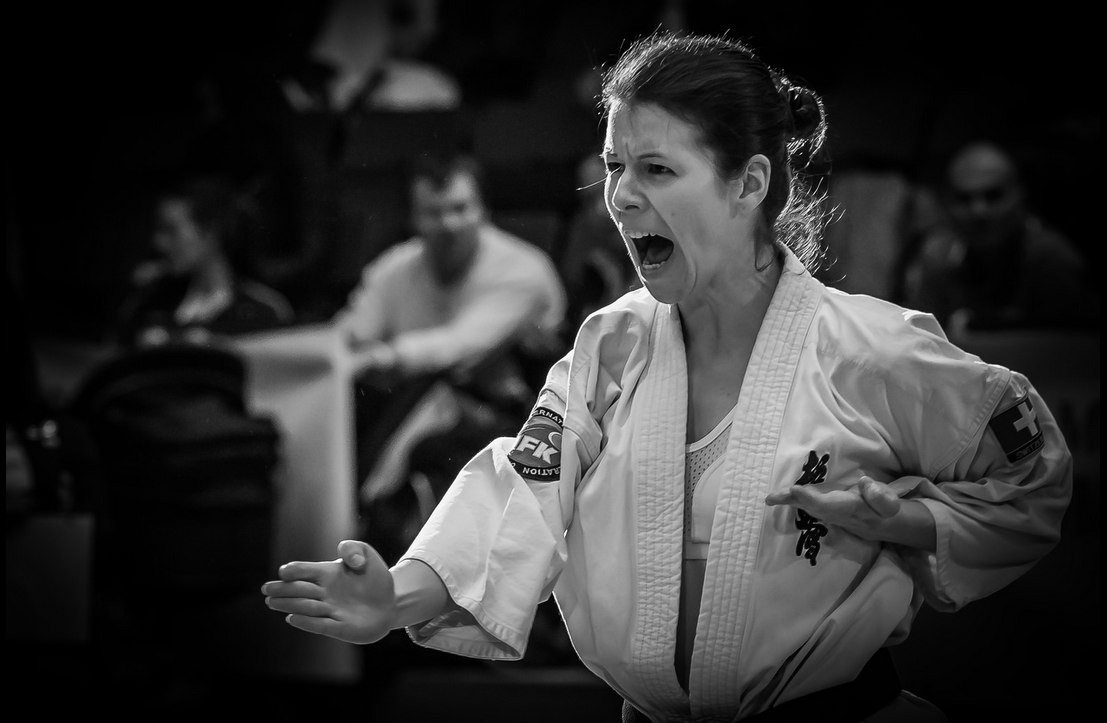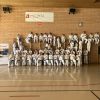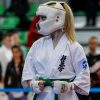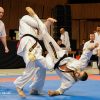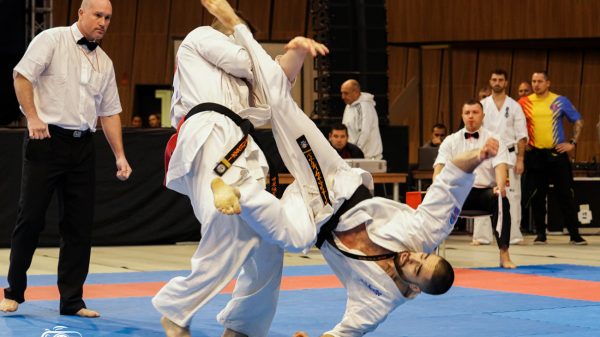In the world of Kyokushin Karate, kata – pre-arranged forms or patterns of movements – hold a significant place in training and development. While Kyokushin is renowned for its rigorous sparring and physical conditioning, the practice of kata plays a vital role in shaping a practitioner’s overall development and understanding of the art. Let’s explore the importance of kata in Kyokushin training and its profound impact on a practitioner’s journey toward mastery.
1. Preservation of Tradition and Culture: Kata serves as a link to the rich history, tradition, and cultural heritage of Kyokushin Karate. Passed down from generation to generation, kata encapsulates the essence of the art, preserving ancient techniques, principles, and philosophies. By practicing kata, practitioners connect with the lineage of masters who have come before them, honoring their legacy and perpetuating the tradition of Kyokushin.
2. Mastery of Technique and Form: At its core, kata is a systematic and structured way of practicing fundamental techniques, stances, and movements. Through meticulous repetition of kata sequences, practitioners refine their execution of strikes, blocks, kicks, and transitions. Each movement is imbued with purpose and intention, requiring precision, balance, and control. By mastering kata, practitioners develop a deep understanding of body mechanics, timing, and rhythm, laying a solid foundation for their martial arts journey.
3. Mental Focus and Concentration: The practice of kata demands unwavering mental focus and concentration. As practitioners perform each sequence with mindfulness and intent, they cultivate a heightened sense of awareness and presence in the moment. Kata becomes a moving meditation, allowing practitioners to quiet the mind, channel their energy, and cultivate a state of inner calm and tranquility. Through disciplined practice, practitioners enhance their ability to concentrate under pressure and maintain composure in challenging situations.
4. Application in Self-Defense: While kata is often performed as a solo exercise, its techniques have practical applications in self-defense scenarios. The movements and sequences within kata simulate real-life combat situations, teaching practitioners how to respond effectively to various attacks and threats. By studying the principles embedded within kata, practitioners gain insight into the strategic use of angles, leverage, and timing in self-defense encounters. Kata serves as a blueprint for practical application, empowering practitioners to defend themselves with confidence and skill.
5. Spiritual and Philosophical Growth: Beyond its physical aspects, kata embodies profound spiritual and philosophical principles inherent in Kyokushin Karate. Each movement is infused with symbolism, representing concepts such as harmony, balance, and unity of mind, body, and spirit. Through the practice of kata, practitioners embark on a journey of self-discovery, exploring the deeper meanings and philosophies underlying the art. Kata becomes a vehicle for personal growth, reflection, and enlightenment, guiding practitioners toward a deeper understanding of themselves and their place in the world.
In conclusion, kata is an integral component of Kyokushin Karate training, contributing to a practitioner’s overall development in myriad ways. From preserving tradition and mastering technique to fostering mental focus and spiritual growth, kata serves as a cornerstone of Kyokushin practice, enriching the journey towards martial arts mastery. As practitioners delve into the intricacies of kata, they unlock the secrets of the art, forging a path toward excellence and self-realization.


